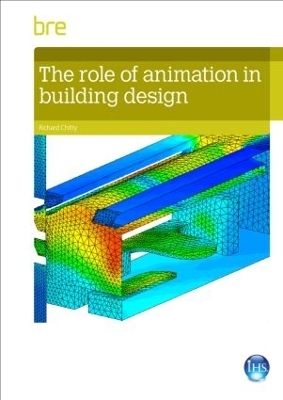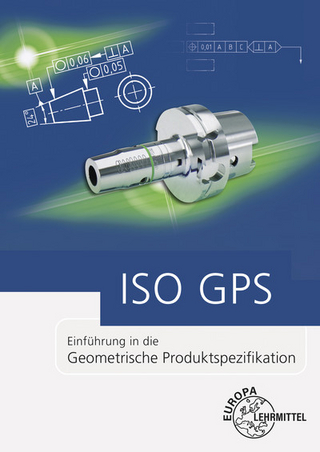
Computational Fluid Dynamics in Building Design
Seiten
2014
IHS BRE Press (Verlag)
978-1-84806-374-7 (ISBN)
IHS BRE Press (Verlag)
978-1-84806-374-7 (ISBN)
- Titel z.Zt. nicht lieferbar
- Versandkostenfrei innerhalb Deutschlands
- Auch auf Rechnung
- Verfügbarkeit in der Filiale vor Ort prüfen
- Artikel merken
Understand how computational fluid dynamics (CFD) is applied to building design. This guide for non-experts gives guidance on best practice, focussing on fire safety, ventilation, thermal comfort and wind movement around buildings.
Computational fluid dynamics (CFD) modelling is a tool that is routinely used in fire engineering analysis and the design of buildings. This guide gives background to the CFD methodology for 'non-experts' (such as those who may have to review or approve designs where CFD has been used). It discusses the application of CFD in building design giving guidance on best practice and focussing on fire safety, ventilation, thermal comfort and wind movement around buildings.
Computational fluid dynamics (CFD) modelling is a tool that is routinely used in fire engineering analysis and the design of buildings. This guide gives background to the CFD methodology for 'non-experts' (such as those who may have to review or approve designs where CFD has been used). It discusses the application of CFD in building design giving guidance on best practice and focussing on fire safety, ventilation, thermal comfort and wind movement around buildings.
BRE, UK
1 Introduction 2 Computational fluid dynamics explained 2.1 Grids 2.2 Sub-models 2.3 Other models 3 Computational fluid dynamics in use 3.1 Resources 3.2 Analysis of results Building applications 4 Fire safety design 4.1 Data input 4.2 Data output 4.3 Post processing 4.4 Modelling assumptions 4.5 Fire investigation 5 Ventilation and thermal comfort 5.1 Defining indoor thermal comfort 6 Wind loading 6.1 Effect of turbulence models in wind loading calculations 6.2 Atmospheric boundary layer 6.3 Domain size 7 Micro-climate around buildings 7.1 Identification of potential issues 7.2 Wind climate 7.3 Criteria for pedestrian comfort 7.4 Outdoor thermal comfort criteria 8 Fire simulation case study 9 Natural ventilation case study
| Erscheint lt. Verlag | 25.9.2014 |
|---|---|
| Verlagsort | Bracknell |
| Sprache | englisch |
| Maße | 210 x 297 mm |
| Gewicht | 166 g |
| Themenwelt | Informatik ► Weitere Themen ► CAD-Programme |
| Technik ► Architektur | |
| Technik ► Bauwesen | |
| ISBN-10 | 1-84806-374-1 / 1848063741 |
| ISBN-13 | 978-1-84806-374-7 / 9781848063747 |
| Zustand | Neuware |
| Informationen gemäß Produktsicherheitsverordnung (GPSR) | |
| Haben Sie eine Frage zum Produkt? |
Mehr entdecken
aus dem Bereich
aus dem Bereich
Band 2: Automatisierung
Buch | Hardcover (2024)
Springer Vieweg (Verlag)
99,99 €
Einführung in die Geometrische Produktspezifikation
Buch | Softcover (2023)
Europa-Lehrmittel (Verlag)
20,70 €


